bhofack2/iStock/GettyImages
Beans fall into two broad camps. Some are eaten as a vegetable while their pods are immature and tender, while others are dried on the vine and then shelled for dry beans. A few, such as black-eyed peas, are especially tasty at an in-between stage. They're harvested when the beans are mature but haven't yet begun to dry on the vine, and are cooked fresh like green peas from the garden. They can also be frozen for use throughout the year.
The Shell Game
When the beans are mature, but still fresh on the vine, the beans' pods are beginning to be tough and woody, but the beans inside are still moist, tender and tasty. They need to be removed from their pods for cooking, a step referred to as shucking or shelling the beans, so they're commonly known as "shell beans" when prepared this way. Shelling black-eyed peas is straightforward, because the pod splits easily along its natural seam. Slide a thumb along the inside of the pod, and catch the beans in a large bowl as they fall. Discard any that are undersized or tough and over-mature.
Blanching the Peas
In the natural world a bean's job is to produce new bean plants, and it contains a number of enzymes that cause it to break down over time. That's a good thing in the garden, but not in your freezer. To ensure top quality and long storage life, you need to blanch your beans to deactivate those enzymes before you freeze them. Working in small batches, drop the beans into a large pot of boiling water for two minutes. Scoop them out with a colander or slotted spoon and immerse them in ice water immediately to stop the cooking process. Drain the cooled beans thoroughly, then dry them on paper towels.
Packaging the Beans
You can package your black-eyed peas either in rigid containers that stack neatly in the freezer or in freezer bags. If you use rigid containers, leave 1/2 inch of space at the top of the container to allow for expansion as they freeze. Pressing a sheet of plastic wrap to the surface of the beans can provide some protection against freezer burn. If you're using bags, squeeze out as much air as possible before sealing them. The less oxygen is inside the bag, the better the beans keep. Best of all is a vacuum sealer, which can extract much of the air from between the black-eyed peas themselves.
Using Your Peas
Black-eyed peas will last approximately six months in your freezer, depending on how well they're packaged and how stable the temperature remains in your freezer. Frozen peas work best if you don't thaw them before use, so package them in sizes that work for your favorite recipes. Open or unwrap a package and drop the the beans directly into simmering water or sauce or pour the peas into the mixture for a casserole. If they've stuck together in a solid lump while frozen, bang the still-wrapped peas several times against your counter or another hard surface. The impact will loosen the peas, breaking up the lump and making them pourable.
Related Articles
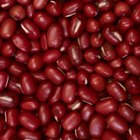
How to Soak Adzuki Beans
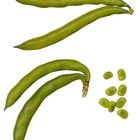
How to Freeze Fresh Beans Using Pillow ...

How to Reconstitute Dried Beans
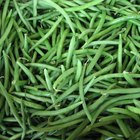
How to Blanch Green Beans for Freezing

How to Freeze Pole Beans

How to Cook Beans

How to Shell Peas

Should You Steam or Blanch Bean Sprouts ...

How to Cook Broad Bean Shells

How to Blanch Lima Beans

How to Cook Petai
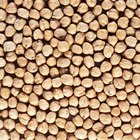
How to Know When Sprouted Garbanzo ...
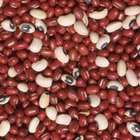
How to Convert Dried Beans to Cooked ...
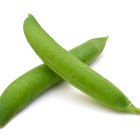
The Difference Between Dried Peas and ...
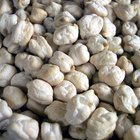
How to Freeze Garbanzo Beans
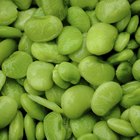
How to Cook Baby Lima Beans

How to Soften Garbanzo Beans

How to Cook Green Beans to Be Crisp and ...

How Long to Can Green Beans in a Hot ...
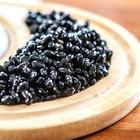
How to Cook Dried Black Beans in a ...
References
- On Food and Cooking: The Science and Lore of the Kitchen; Harold McGee
- National Center for Home Food Preservation: Freezing Blackeye or Field Peas
Resources
Writer Bio
Fred Decker is a trained chef and prolific freelance writer. In previous careers, he sold insurance and mutual funds, and was a longtime retailer. He was educated at Memorial University of Newfoundland and the Northern Alberta Institute of Technology. His articles have appeared on numerous home and garden sites including GoneOutdoors, TheNest and eHow.